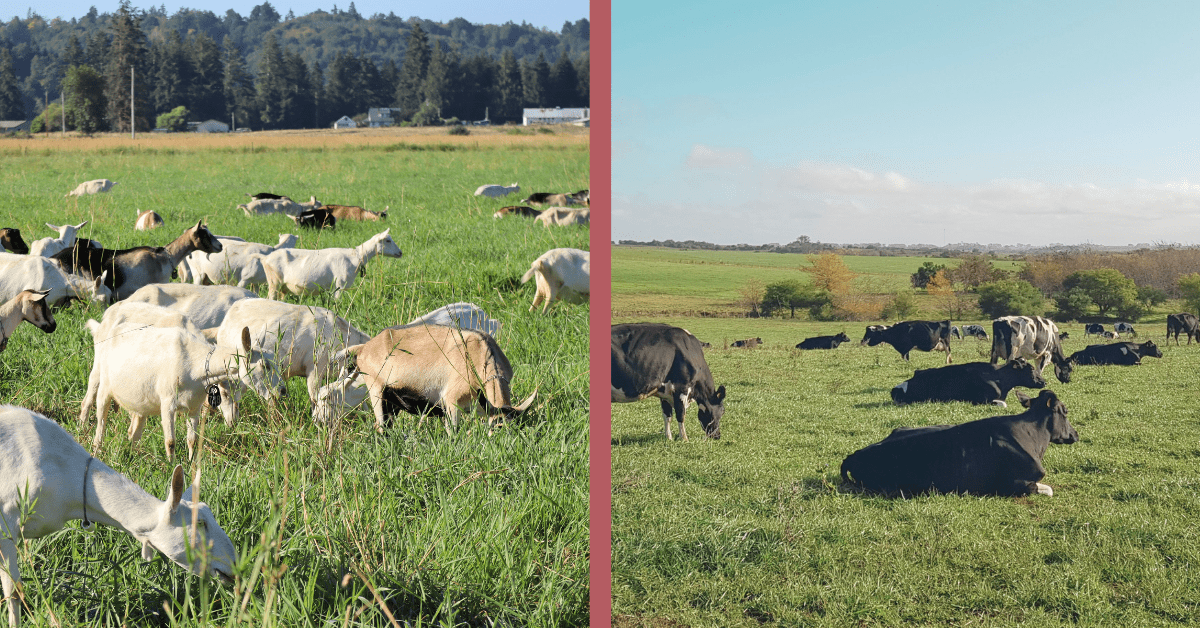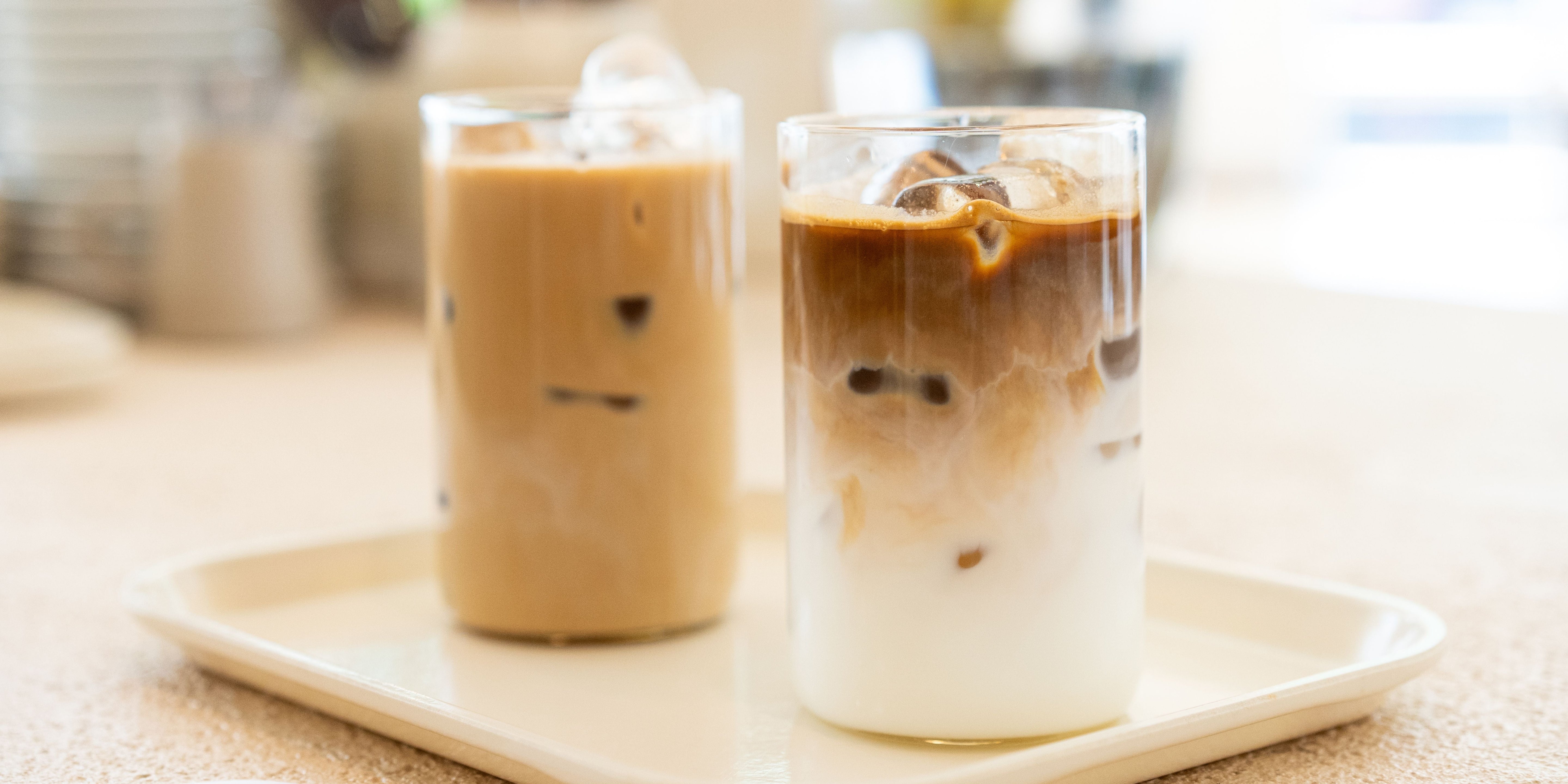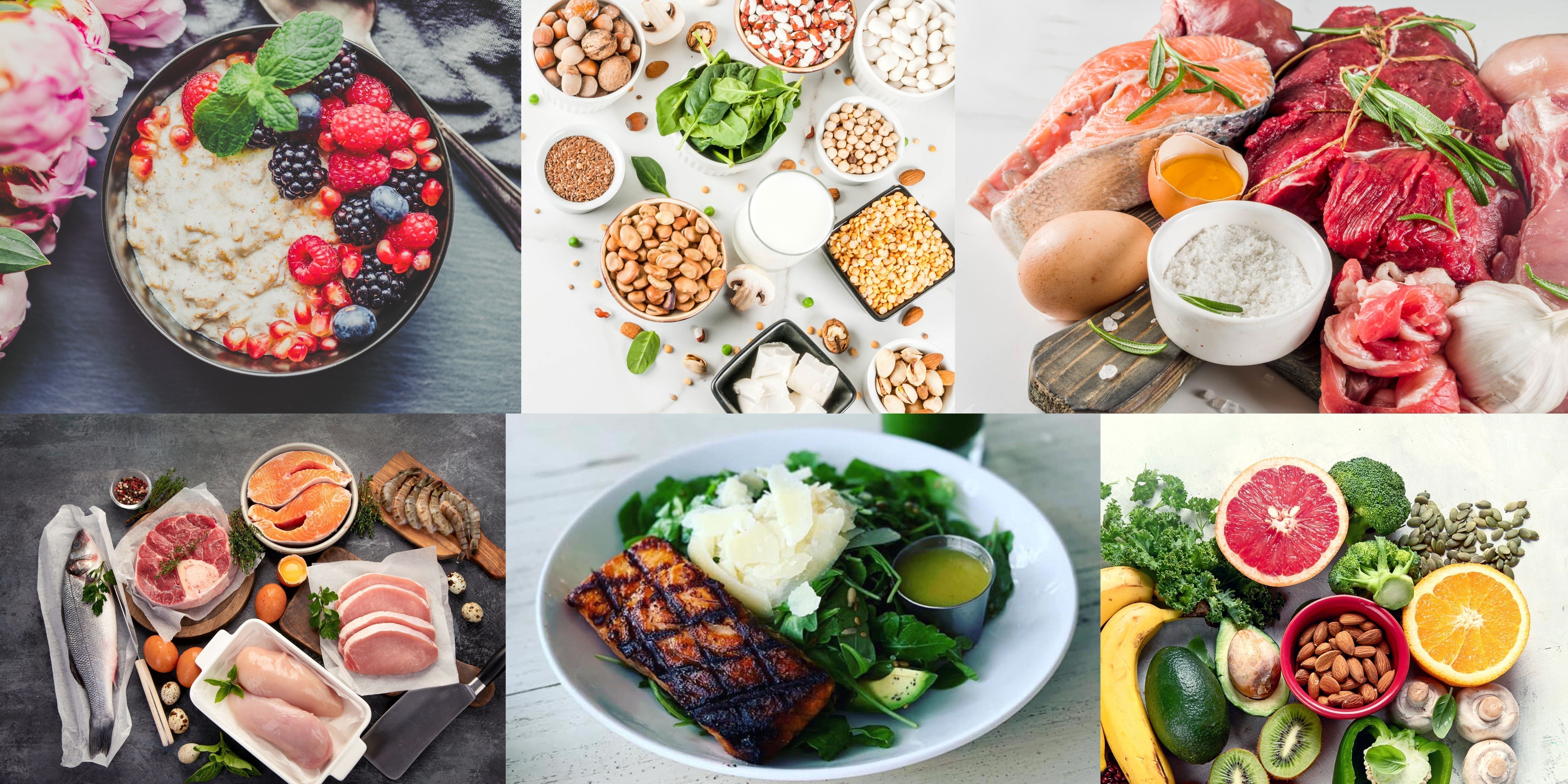Have you ever wondered what the difference is between goat ghee vs. cow ghee?
On the surface goat ghee and cow ghee may sound fairly similar, but these two actually differ quite a bit between flavor, fatty acid profile, and digestibility.
I will lay out the qualities of each and let you be the judge of your favorite, but make sure you don’t judge prematurely unless you have tried a bottle of our delicious Goat Milk Ghee. 😋

Cow Ghee 🐄
- Natural nutty flavor
- Yellow due to the presence of carotenes from eating grass
- Low medium chain triglyceride (MCTs) content
- Cow milk in general is more allergenic and some of the most sensitive people still have a problem with cow ghee, even though the lactose and protein has been removed. Part of that may be due to the fact that cow fat globules are larger than goat fat globules, making cow ghee harder to digest.
Goat Ghee 🐐
- Has its own natural sweetness
- More white in color than yellow – this is due to the goat’s ability to convert carotenes from grass into the preformed vitamin A, which means less work for you!
- Higher in MCTs, which can make it more semi-liquid to liquid at room temperature. This makes it great for butter coffee!
- Easier to digest, less allergenic and is often still acceptable for those who react to cow ghee. The fat globules in general are smaller and the higher MCTs make it easier to digest.
Benefits of Ghee in General
- Can withstand high heat, making it great for cooking, sautéing and baking.
- The lactose and protein has been removed (which is why it is also known as clarified butter). This makes it better tolerated by those who are more sensitive.
- Can be left out of the fridge for several months after opening. As long as it is not contaminated with other foods. This makes it great for traveling.






Share:
The Sodium Story
5 Ways to Make Dynamic Coffee
1 comment
Does the cultured gee needs to be refrigerated?